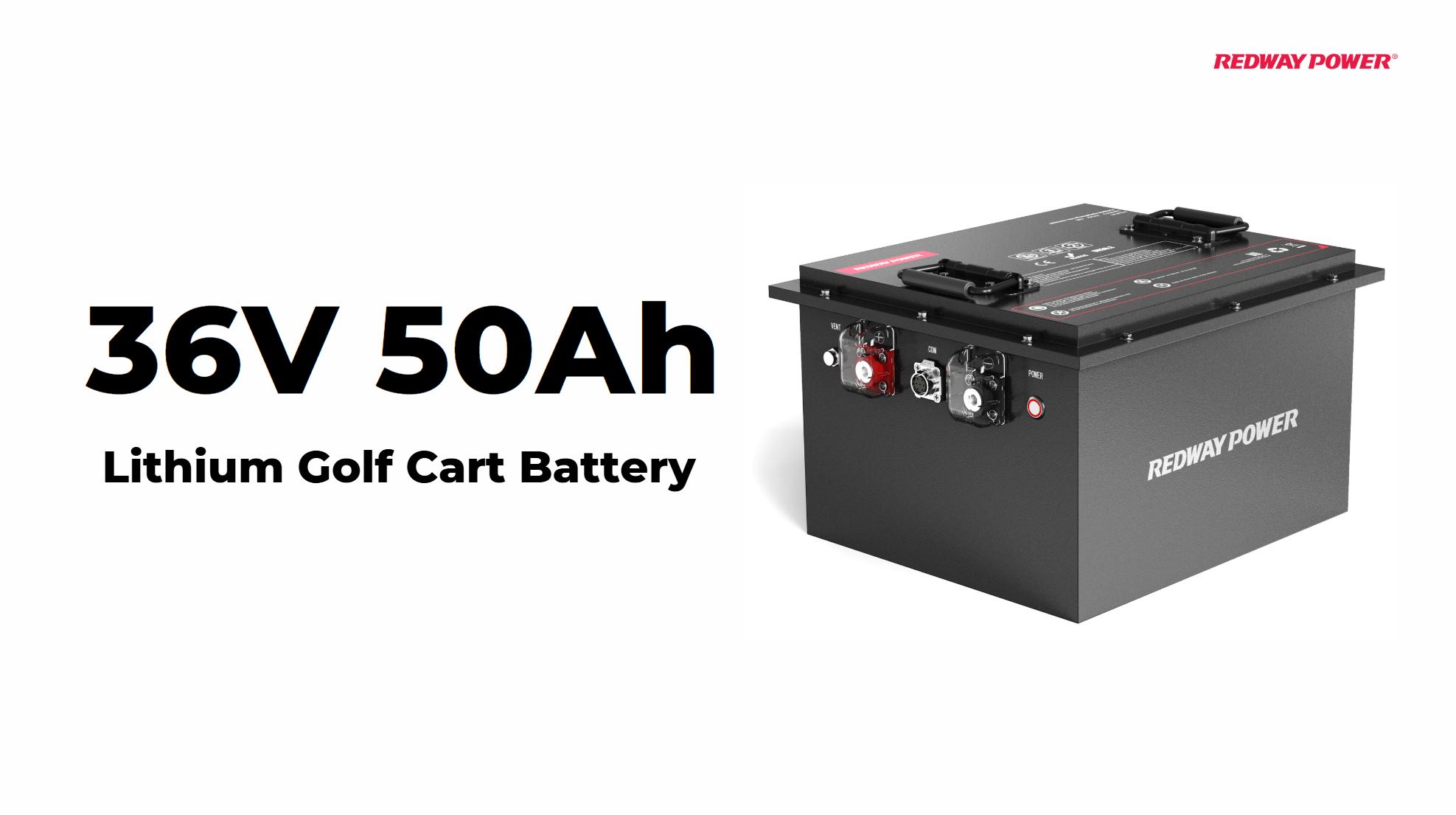Does Toyota Solid-State Battery Use Lithium?
Toyota’s solid-state battery technology does indeed utilize lithium, specifically lithium metal, as a key component in its design. This innovative approach aims to enhance energy density and safety compared to traditional lithium-ion batteries.
What Materials Are Used in Toyota’s Solid-State Batteries?
Toyota’s solid-state batteries primarily use lithium metal at the anode, along with a solid electrolyte instead of the liquid electrolyte found in conventional lithium-ion batteries. This design enhances performance and safety by reducing flammability risks.
How Does Toyota’s Solid-State Battery Technology Work?
The technology behind Toyota’s solid-state batteries focuses on using a solid electrolyte that allows for faster ion movement and greater energy density. This results in improved charging times and overall battery performance, positioning it as a more efficient alternative to traditional batteries.
What Are the Expected Advantages of Toyota’s Solid-State Batteries?
Toyota’s solid-state batteries are expected to offer several advantages:
- Faster Charging: Capable of charging from 10% to 80% in approximately 10 minutes.
- Increased Range: Potentially providing driving ranges up to 750 miles (1,200 km) on a single charge.
- Enhanced Safety: Reduced risk of fires due to the absence of liquid electrolytes.
| Feature | Traditional Lithium-Ion | Toyota Solid-State |
|---|---|---|
| Charging Time | 30 minutes to several hours | ~10 minutes |
| Energy Density | Lower | Higher |
| Risk of Fire | Higher | Lower |
| Lifespan | Moderate | Longer expected |
How Do Solid-State Batteries Differ from Lithium-Ion Batteries?
Solid-state batteries differ from lithium-ion batteries primarily in their electrolyte composition. While lithium-ion batteries use liquid electrolytes, solid-state batteries utilize solid electrolytes, which enhances safety and allows for higher energy densities.
What Is the Timeline for Toyota’s Solid-State Battery Production?
Toyota plans to begin mass production of its solid-state batteries by 2027, with initial prototypes expected to be tested in electric vehicles before then. The company aims to integrate this technology into its lineup as part of its broader strategy to lead in electric vehicle innovation.
Top 5 Models
In this section, we will highlight some top models related to battery technology that are popular in the market today.
- Toyota bZ4X
- Capacity: Up to 71.4 kWh
- Description: A fully electric SUV that utilizes advanced lithium-ion technology with plans for future integration of solid-state batteries.
- Toyota Mirai
- Capacity: Hydrogen fuel cell technology
- Description: While not a battery electric vehicle, it represents Toyota’s commitment to alternative energy solutions.
- Toyota Prius Prime
- Capacity: 13.8 kWh (plug-in hybrid)
- Description: Combines traditional hybrid technology with plug-in capabilities, showcasing Toyota’s innovation in battery usage.
- Toyota RAV4 Prime
- Capacity: 18.1 kWh (plug-in hybrid)
- Description: A versatile SUV featuring plug-in hybrid technology, emphasizing efficiency and performance.
- Toyota Corolla Cross
- Capacity: Hybrid options available
- Description: A compact SUV that offers hybrid technology, paving the way for future electric models.
| Model | Usable Capacity (kWh) | Key Features |
|---|---|---|
| Toyota bZ4X | Up to 71.4 | Fully electric SUV |
| Toyota Mirai | Hydrogen fuel cell | Alternative energy vehicle |
| Toyota Prius Prime | 13.8 | Plug-in hybrid |
| Toyota RAV4 Prime | 18.1 | Versatile plug-in hybrid |
| Toyota Corolla Cross | Hybrid options available | Compact SUV with hybrid technology |
OEM Tips for Battery Wholesale Buyers
For businesses looking into wholesale battery purchases, Redway Battery is an excellent choice as an OEM partner due to its extensive experience in lithium battery manufacturing over the past thirteen years.To make OEM orders from a reliable manufacturer like Redway Battery:
- Define your specific requirements such as capacity and voltage.
- Reach out for product samples and quotes to assess quality.
- Discuss customization options tailored to your business needs.
- Establish clear timelines regarding production and delivery.
Choosing lithium batteries from Redway can provide superior performance compared to traditional lead-acid batteries, making them an ideal choice for energy storage solutions.
FAQ Section
- Does Toyota solid-state battery use lithium?
Yes, Toyota’s solid-state battery utilizes lithium metal at the anode along with a solid electrolyte instead of liquid electrolytes. - What are the advantages of solid-state batteries over lithium-ion?
Solid-state batteries offer faster charging times, increased energy density, and lower fire risks compared to traditional lithium-ion batteries. - When will Toyota start producing solid-state batteries?
Mass production of Toyota’s solid-state batteries is expected to begin by 2027. - How do solid-state batteries improve electric vehicle performance?
They enhance performance by allowing faster charging and providing a longer driving range due to higher energy density.

